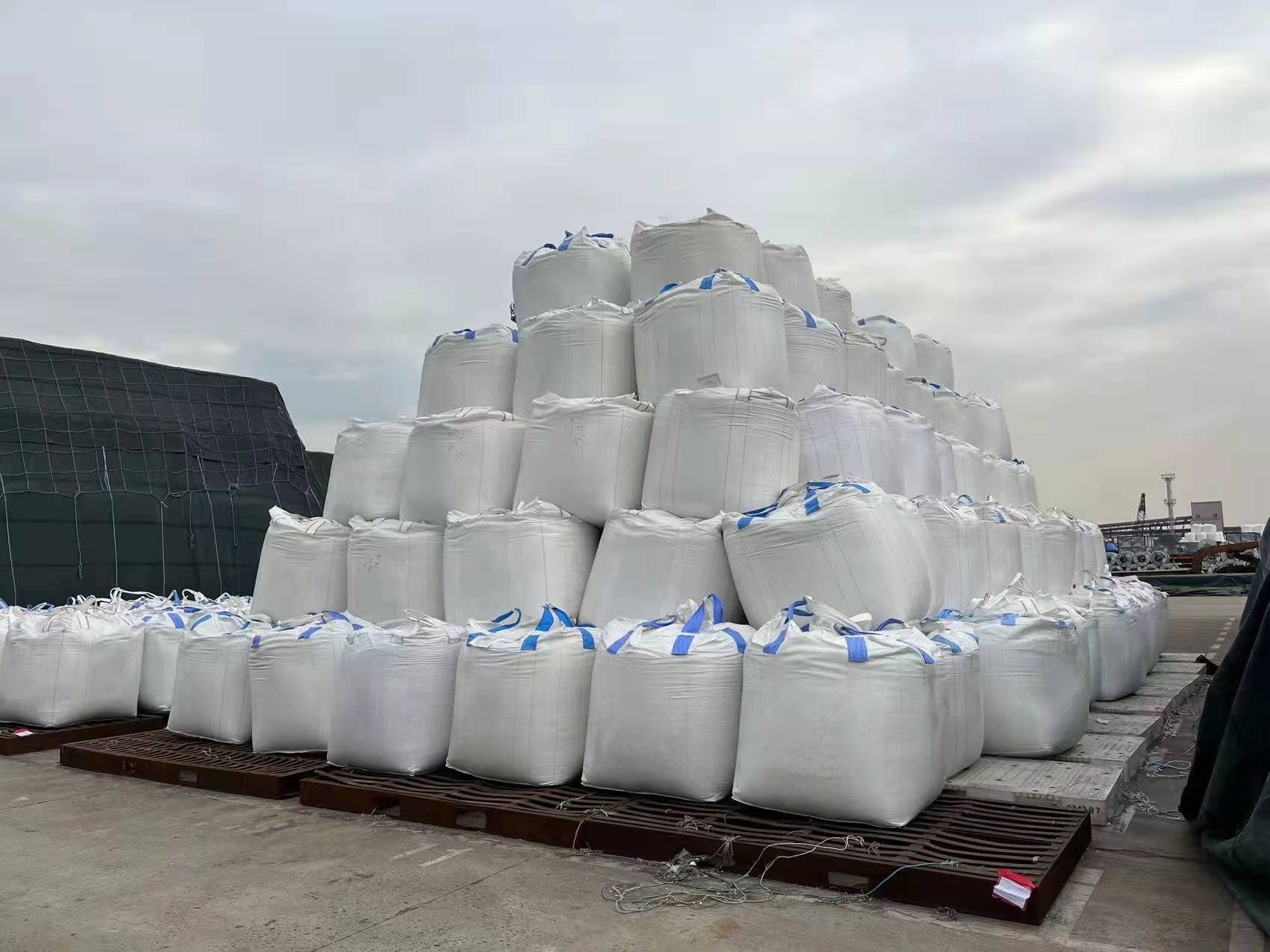Введение

Neopentyl glycol (NPG) is a versatile specialty chemical compound finding utilization in an immense array of industrial and commercial applications thanks to its unique physical properties and chemical reactivity. Featuring two primary and secondary hydroxyl groups off a branched quaternary carbon backbone, NPG’s distinctive architecture enables tailored modifications for distinct performance enhancement across countless matrices.
While conventionally deployed as a crucial building block during polyester synthesis to impart durability and heat resistance, recent decades have fueled exponential diversification in neopentyl glycol uses across emerging sectors spanning lubricants, plasticizers, coatings, cosmetics, and even pharmaceuticals. This article will explore various applied NPG use cases leveraging this multifaceted chemical’s strengths.
Полиэфирные смолы
The single largest application for neopentyl glycol by annual tonnage globally is manufacturing saturated polyester resins, especially polyethylene terephthalate (PET). Thanks to unparalleled thermal stability and resistance to yellowing/degradation conferred by NPG’s molecular geometry, PET resins benefit tremendously from copolymerized NPG improving processability and enabling diverse product manufacturing modes like extrusion, injection molding, or 3D printing.
Everything from plastic beverage bottles and food containers to clothing fibers and car parts depend on NPG-fortified PET resins meeting demanding durability and lifespan expectations at scale. Without NPG’s apologizing characteristics, we’d lack many common thermoplastics.
Пластификаторы
Beyond direct polymerization, NPG’s hydroxyl groups also foster ideal functionality for derivative compound production like ester plasticizers used for modifying polymers. By converting NPG into bulky, miscible esters like neopentyl glycol dibenzoates via Steglich esterification, these agents enhance qualities like flexibility and elongation in nail polishes, vinyl flooring, artificial leather, and adhesives.
Plasticizers account for huge neopentyl glycol demand as societies rely upon pliable, molded plastics accommodating modern expectations for performance materials in construction, healthcare, electronics, automobiles and more.
Lubricant Base Oils
In industrial lubrication applications ranging from compressors and turbines to refrigerants and metalworking fluids, NPG again plays a critical role transformed into niche esters. Synthetic lubricant base oils produced by reacting NPG with various fatty acids boast exceptional viscosity indexes resisting changes across operating temperatures combined with superb thermal/hydrolytic stability for prolonged equipment lifespan.
By tailoring the alkyl chain length of acids during esterification, NPG permits customized lubricant designs from low-viscosity turbine oils to high-viscosity gear lubricants meeting specialized demands like subsea generators. Desirable biodegradability also favors NPG-based synthetics as more eco-friendly lubricant components versus older mineral oil stocks.
| Type of Lubricant | Common NPG-Based Stocks | Ключевые свойства |
|---|---|---|
| Hydraulic Oil | NPG complex esters | Antiwear/water resistance, high VI improved efficacy |
| Metalworking Fluid | NPG borates, phenates | Microbial/fungal resistance, foam control, hardness water stability |
| Grease | NPG calcium sulfonate, polyurea | Structural stability over cycles, mechanical shear resistance, EP load withstand |
Coatings & Paints

Coatings and architectural paint chemistries similarly depend upon NPG and NPG-esters for enhancing flow, leveling, glossiness and application behaviors like sprayability or sag resistance on diverse construct materials from metal to masonry and wood. UV-cured NPG acrylates act as crosslinking reagents improving exterior durability while alkyd paint driers leverage NPG complexes aiding oxidative film curing through metal ion catalysts interactions.
Beyond aesthetics, NPG-fortified industrial coatings resist fouling, enhance corrosion protection, and retain sealing integrity across chemicals thanks to the balcony linker and modularity meriting customized formulations. Expect NPG importance in futuristic functional surface technologies like self-healing or conductive coatings rising accordingly.
| Coating Type | Common NPG Roles |
|---|---|
| Architectural Paints | Flow & leveling modifiers, crosslinker monomers, emulsifiers |
| Wood Finishes | Promotes uniform drying, improves adherence and penetration |
| Metal Primers/Topcoats | Adhesion promoters, catalysts aiding cured epoxy/urethane performance |
Cosmetics & Skincare
Recent years have additionally witnessed huge spikes in neopentyl glycol utilization by cosmetic chemists targeting next-generation textures and sensory experiences. Fatty acid ester derivatives of NPG enhance moisture retention while avoiding greasiness perceptions, assisting emulsification for lighter blends demanded by consumers.
Similar to other applications, NPG imparts thermal/pH stability safeguarding delicate botanic extracts against premature breakdown in finished beauty products as well. Expect niche NPG uses from antimicrobial boosters to drug penetration enhancers continuing expansion as the personal care sector embraces specialty enhancement.
Conclusion:Neopentyl Glycol Uses
In conclusion, the diverse modern applications leveraging neopentyl glycol highlighted in this article represent only a glimpse of usages for this unique chemical building block. Thanks to a unmatched combination of customizable reactivity, derivatization potential toward tailored performance fluids/polymers, and heat/chemical hardiness suited for industrially demanding contexts, NPG promises extensive untapped potential still emerging across material science spheres.
Ongoing efforts boosting bio-based production efficiency also bode well for NPG’s environmental footprint meeting stricter ecological stewardship standards in years to come. Through creative vision and cross-sector collaboration, researchers continue unveiling new neopentyl glycol uses servicing niche demands across numerous technology verticals.
Часто задаваемые вопросы
What is the global production capacity of неопентилгликоль today?
Current global output exceeds 700,000 metric tons annually and is projected to surpass 1 million tons by 2025 thanks to expanded manufacturing investments, especially in China which leads production.
What industries are fastest increasing their NPG consumption?
Among major material applications, industrial lubricants and coatings are witnessing the fastest demand growth rates for NPG averaging over 6% annually, followed by engineered plasticizers and cosmetic personal care at approximately 5% CAGR through 2027.
Are there any pharmaceutical uses being developed leveraging NPG?
Yes, early drug delivery research suggests NPG’s modularity and biocompatibility shows promise for nasal inhalation carriers, sustained release microspheres, and even blood-brain barrier penetrating constructs undergoing animal model testing presently.



